
- Acne
- Actinic Keratosis
- Aesthetics
- Alopecia
- Atopic Dermatitis
- Buy-and-Bill
- COVID-19
- Case-Based Roundtable
- Chronic Hand Eczema
- Chronic Spontaneous Urticaria
- Drug Watch
- Eczema
- General Dermatology
- Hidradenitis Suppurativa
- Melasma
- NP and PA
- Pediatric Dermatology
- Pigmentary Disorders
- Practice Management
- Precision Medicine and Biologics
- Prurigo Nodularis
- Psoriasis
- Psoriatic Arthritis
- Rare Disease
- Rosacea
- Skin Cancer
- Vitiligo
- Wound Care
Publication
Article
Dermatology Times
The Psychosocial Impact of Skin Diseases in Children
Author(s):
Acne, molluscum, atopic dermatitis, and other dermatological disorders can be detrimental to quality of life for children and their families.
Pediatric dermatology involves not only treating patients’ skin but also managing the psychosocial impact a disease has on children and their families, which can be significant. Many skin conditions have a quality-of-life (QOL) effect similar to that of systemic diseases such as renal disease, cystic fibrosis, and asthma.1 Skin diseases also can have emotional and social repercussions on the parents and caregivers of children with dermatology disorders.2,3 For clinicians to provide optimal patient care, family support is essential.
The widely used Children’s Dermatology Life Quality Index (CDLQI), which was developed in 1995, gives the practitioner an understanding of QOL issues in children aged 4 to 16 years.4 The latest cartoon version is easier and faster for children to complete and was shown to have a score similar to the original scale.5 The questionnaire, which uses a recall period of 1 week, assesses various issues including feelings of sadness or self-consciousness, impact on friendships, bullying as a result of the disease, effects on going out or playing sports, interference with sleep, and response to treatment.4,5 Based on the scoring of the responses, the effect on QOL is stratified as none (0-1), small (2-6), moderate (7-12), very large (13-18), or extremely large (19 -2 0).6 Findings from a 2016 meta-analysis of all studies using CDLQI, which included data from 7,798 children with more than 20 conditions, concluded that most skin diseases have a major impact on QOL in a small proportion of children.7 However, further review of the literature demonstrates that skin disease has a significant impact for many children and their families.
Disease-specific scoring systems have also been developed, such as the Cardiff Acne Disability Index, the Psoriasis Area Severity Index (PASI) and Physician Global Assessment, the Infants’ Dermatology Quality of Life, the Childhood Atopic Dermatitis Impact Scale, the Quality of Life Index for Atopic Dermatitis, and Dermatitis Family Impact questionnaire.8,9 These scoring systems not only help with assessing severity of disease but also give insight into QOL issues that are important for physicians to address.
This brief review discusses the QOL impact of a number of skin conditions compared with other chronic systemic diseases.
Psoriasis
Psoriasis is a chronic inflammatory disease of autoimmune etiology that is not completely curable. Seen in anestimated 0.7% of children, psoriasis has a negative impact on QOL for not only children but also their parents and caregivers, even in the presence of mild disease.10,11 Results show that 36% of parents and caregivers of children with psoriasis have anxiety and depressive symptoms.12
Compared with systemic diseases using the corresponding Children’s Life Quality Index (CLQI), psoriasis was found to have a greater impairment in QOL compared with enuresis, diabetes, and epilepsy.1 Psoriasis was also found to have a negative influence on physical activity, self-esteem, bullying, and stigmatization.10
Investigators of another study concluded that improvement in CDLQI scores to imply no effect (0-1) was associated with a PASI score of > 90%, [a decrease in body surface area (BSA) involvement]. As a consequence, this may be advised as a reasonable therapeutic goal. It was also noted that systemic therapy including biological and conventional drugs has a better outcome compared with topical agents.13
Thus, physicians are advised to follow a combined approach including clinical therapy and QOL assessment to evaluate improvement or impairment, family counseling, and support.11,14
Atopic Dermatitis
With an estimated increasing global prevalence of 15.5% to 20% among children,15,16 atopic dermatitis (AD) is a chronic skin disease with relapses and remissions characterized by a wide array of clinical presentations that vary with age, environmental triggers, and genetic predisposition. The impact on QOL was found to be greater in children with AD compared with children with systemic diseases including renal disease, cystic fibrosis, asthma, and chronic urticaria.1 AD commonly arises in early childhood, with hallmark pruritic lesions that often worsen at night. Those with active AD alone had nearly 50% greater odds of reporting sleep-quality disturbances throughout childhood compared with 80% of children who also had asthma and/or allergic rhinitis. Consequently, early diagnosis and therapeutic interventions are needed to address QOL issues.17
Recent findings also revealed a relative risk of 1.4 for learning disabilities among children with AD, an association independent of sociodemographic factors and other atopic and neurodevelopmental disorders.18Significant positive association of atopic disease, and childhood AD with memory impairment, developmental delay, and cognitive dysfunction has also been identified.19
Acne
With a global prevalence of 9.38%20 and as one of the most common skin conditions among adolescents (findings reveal prevalence from 35% to close to 100%), acne vulgaris is rightly described this way by Sulzeberger and Zaidens: “There is probably no single disease which causes more psychic trauma, more maladjustment between parents and children, more general insecurity and feeling of inferiority and greater sums of psychic suffering than does acne vulgaris.”21 Acne profoundly affects self-perception, socialization, emotional health, and occupational opportunities as well as body dissatisfaction.21 The point estimate from 5 studies using the CDLQI to assess QOL in children with acne is 5.37; that corresponds to a small impact, but research results still reveal a significant psychological and psychosocial affect.22,23 Further, it is noted that children with truncal and facial acne were twice as likely to report the impact as “very large” or “extremely large” on the CDLQI questionnaire compared with children with only facial acne.23
Additionally, acne is also associated with depression and suicidal ideation.24 With these factors in mind, it is crucial for the primary care physician to provide not only dermatological care but also psychological support and counseling.24
Vitiligo
The most common cause of depigmentation worldwide, vitiligo is an acquired disorder of unknown origin and undoubtedly immunologically mediated. The disease is associated with widespread stigmatization and psychological impairment.25 Investigators who used the CDLQI questionnaire to assess QOL impairment reported a median score of 3.0.26 They also found that nearly 45.6% of children aged 0 to 6 years and 50% of participants aged 7 to 14 years were not bothered by the lesions, but 95.9% of adolescents aged 15 to 17 years were troubled. Involvement of the face and legs was most bothersome for parents. The authors concluded that self-consciousness, difficulty with friendships and schoolwork, and teasing and bullying were associated with lesions involving more than 25% BSA. Lesions on the face and arms were associated with teasing and bullying.26 Further, other investigators reported that 42% of caregivers of pediatric patients with vitiligo were reported to have anxiety symptoms, whereas 26% had depression.9
Thus, to improve QOL and create a safe environment for children with vitiligo, it is important to not only provide care for these patients and their parents but also play a larger role in educating and sensitizing the public and peer groups in schools and communities to destigmatize the condition.
Molluscum Contagiosum
A skin condition of viral etiology, molluscum contagiosum most commonly affects children. It is commonly asymptomatic but may present with erythema and pruritus. On some occasions, bacterial superinfections with pain and inflammation may be seen.27
In a British study the mean time to resolution was 13.3 months which confirms its chronic nature and the need to consider impact on QOL.28 Molluscum contagiosum had a small effect on quality of life for most participants, although for 33 (11%) of 301 participants it had a very severe effect (CDLQI score >13). A greater number of lesions and secondary infection was associated with a greater effect on quality of life.
In conclusion, one in 10 children with molluscum contagiosum is likely to have a major issue with their quality of life, and treatment should be considered for these children especially those with a large number of lesions at visible sites. It is also important to reassure parents about the course of their children’s disease.
Warts
The human papillomavirus causes warts, a benign, common skin disease that may appear on any part of the body. As per the CDLQI scoring, in children who had lesions greater than 6 months, it was seen that nearly a third had a small effect on quality of life, whereas in 5% of the children, warts had an extremely large effect. It was also noted that the greatest negative effect was seen on the symptoms and feeling scores.29
The dermatology QOL indices clearly demonstrate the importance of early diagnosis and treatment of skin disease in children. As a result, practitioners should have a low threshold to refer patients early in their course for diagnosis and management of persistent dermatologic findings.
Muhammad Aamir Anees is a medical student at Kanachur Institute of Medical Sciences in Mangalore, India. He is passionate about child empowerment, global health, and international relations. He has nothing to disclose.
Bernard A. Cohen, MD, is a professor of pediatrics and dermatology, Johns Hopkins University School of Medicine, Baltimore, Maryland. He has nothing to disclose.
References
1. Beattie PE, Lewis-Jones MS. A comparative study of impairment of quality of life in children with skin disease and children with other chronic childhood diseases. Br J Dermatol.2006;155(1):145-151. doi:10.1111/j.1365-2133.2006.07185.x
2. VivarKL, Kruse L. The impact of pediatric skin disease on self-esteem.Int J Womens Dermatol. 2017;4(1):27-31. doi:10.1016/j.ijwd.2017.11.002
3. Pustišek N, Vurnek Živković M, Šitum, M. Quality of life in families with children with atopic dermatitis. Pediatr Dermatol.2016;33(1):28-32.doi:10.1111/pde.12698
4. Lewis-Jones MS, Finlay AY. The Children’s Dermatology Life Quality Index (CDLQI): initial validation and practical use. Br J Dermatol.1995;132(6):942-949. doi:10.1111/j.1365-2133.1995.tb16953.x
5 .Holme SA, Man I, Sharpe JL, Dykes PJ, Lewis-Jones MS, Finlay AY. The Children’s Dermatology Life Quality Index: validation of the cartoon version.Br J Dermatol. 2003;148(2):285-290. doi:10.1046/j.1365-2133.2003.05157.x
6. Waters A, Sandhu D, Beattie P, Ezughah F, Lewis-Jones S. Severity stratification of Children’s Dermatology Life Quality Index (CDLQI) scores.Br J Dermatol.2010;163(suppl 1):121.
7. Olsen JR, Gallacher J, Finlay AY, Piguet V, Francis NA. Quality of life impact of childhood skin conditions measured using the Children’s Dermatology Life Quality Index (CDLQI): a meta-analysis.Br J Dermatol. 2016;174(4):853-861. doi:10.1111/bjd.14361
8. Augustin M, Langenbruch AK, Gutknecht M, Radtke MA, Blome C.Quality of life measures for dermatology: definition, evaluation, and interpretation.Curr Derm Rep. 2012(l):148-159. doi:10.1007/s13671-012-0020-z
9. Chernyshov PV. The evolution of quality of life assessment and use in dermatology.Dermatology. 2019;235(3):167-174. doi:10.1159/000496923
10.de Jager ME, van de Kerkhof PC, de Jong EM, Seyger MM. A cross-sectional study using the Children’s Dermatology Life Quality Index (CDLQI) in childhood psoriasis: negative effect on quality of life and moderate correlation of CDLQI with severity scores. Br J Dermatol. 2010;163(5):1099-1101. doi:10.1111/j.1365-2133.2010.09993.x
11. Salman A, Yucelten AD, Sarac E, Saricam MH, Perdahli-Fis N. Impact of psoriasis in the quality of life of children, adolescents and their families: a cross-sectional study.An Bras Dermatol. 2018;93(6):819-823. doi:10.1590/abd1806-4841.20186981
12. Manzoni AP, Weber MB, Nagatomi AR, Pereira RL, Townsend RZ, CestariTF. Assessing depression and anxiety in the caregivers of pediatric patients with chronic skin disorders.An Bras Dermatol. 2013;88(6):894-899. doi:10.1590/abd1806-4841.20131915
13.cBruins FM, Bronckers IMGJ, Groenewoud HMM, van de Kerkhof PCM, de Jong EMGJ, Seyger MMB. Association between quality of life and improvement in psoriasis severity and extent in pediatric patients.JAMA Dermatol. 2020;156(1):72-78. doi:10.1001/jamadermatol.2019.3717
14. Gonzalez J, Cunningham K, Perlmutter J, Gottlieb A.Systematic review of health-related quality of life in adolescents with psoriasis. Dermatology. 2016;232:541-549. doi:10.1159/000450826
15. Gilaberte Y, Pérez-Gilaberte JB, Poblador-Plou B, Bliek-Bueno K, Gimeno-Miguel A, Prados-Torres A. Prevalence and comorbidity of atopic dermatitis in children: alarge-scale population study based on real-world data.J Clin Med. 2020;9(6):1632. doi:10.3390/jcm9061632
16. Nutten S. Atopic dermatitis: global epidemiology and risk factors.Ann Nutr Metab. 2015;66(suppl1):8-16. doi:10.1159/000370220
17. Ramirez FD, Chen S, Langan SM, et al. Association of atopic dermatitis with sleep quality in children.JAMA Pediatr.2019;173(5):e190025. doi:10.1001/jamapediatrics.2019.0025
18. Wan J, Shin DB, Gelfand JM. Association between atopic dermatitis and learning disability in children.J Allergy Clin Immunol Pract. 2020;8(8):2808-2810. doi:10.1016/j.jaip.2020.04.032
19. Revolutionizing atopic dermatitis, 13-14 December 2020.Br J Dermatol. 2021;184(3):e56-e121.doi:10.1111/bjd.19722
20. Heng AHS, Chew FT. Systematic review of the epidemiology of acne vulgaris.Sci Rep. 2020;10(1):5754. doi:10.1038/s41598-020-62715-3
21. Sulzberger MB, Zaidens SH. Psychogenic factors in dermatological disorders.Med Clin North Am. 1948;32:669-685. doi:10.1016/s0025-7125(16)35686-3
22. Tasoula E, Gregoriou S, Chalikias J, et al. The impact of acne vulgaris on quality of life and psychic health in young adolescents in Greece. results of a population survey.An Bras Dermatol. 2012;87(6):862-869. doi:10.1590/s0365-05962012000600007
23. Tan J, Beissert S, Cook-Bolden F, et al. Impact of facial and truncal acne on quality of life: amulti-country population-based survey.JAAD Int. 2021;3:102-110. doi:10.1016/j.jdin.2021.03.002
24. Misery L. Consequences of psychological distress in adolescents with acne.J Invest Dermatol. 2011;131(2):290-292. doi:10.1038/jid.2010.375
25. Ezzedine K, Eleftheriadou V, Whitton M, van Geel N. Vitiligo.Lancet. 2015;386(9988):74-84. doi:10.1016/S0140-6736(14)60763-7
26. Silverberg JI,Silverberg NB. Quality of life impairment in children and adolescents with vitiligo.Pediatr Dermatol. 2014;31(3):309-318. doi:10.1111/pde.12226
27. Olsen JR, Gallacher J, Piguet V, Francis NA. Epidemiology of molluscum contagiosum in children: a systematic review.Fam Pract. 2014;31(2):130-136. doi:10.1093/fampra/cmt075
28. Olsen JR, Gallacher J, Finlay AY, Piguet V, Francis NA. Time to resolution and effect on quality of life of molluscum contagiosum in children in the UK: a prospective community cohort study.Lancet Infect Dis. 2015;15(2):190-195. doi:10.1016/S1473-3099(14)71053-9
29. Akdoğan N, Yıldırım SK, Kültür E, Evans SE. The effect of warts on quality of life in Turkish pediatric patients.Turk J Pediatr. 2020;62(6):1028-1034. doi:10.24953/turkjped.2020.06.015

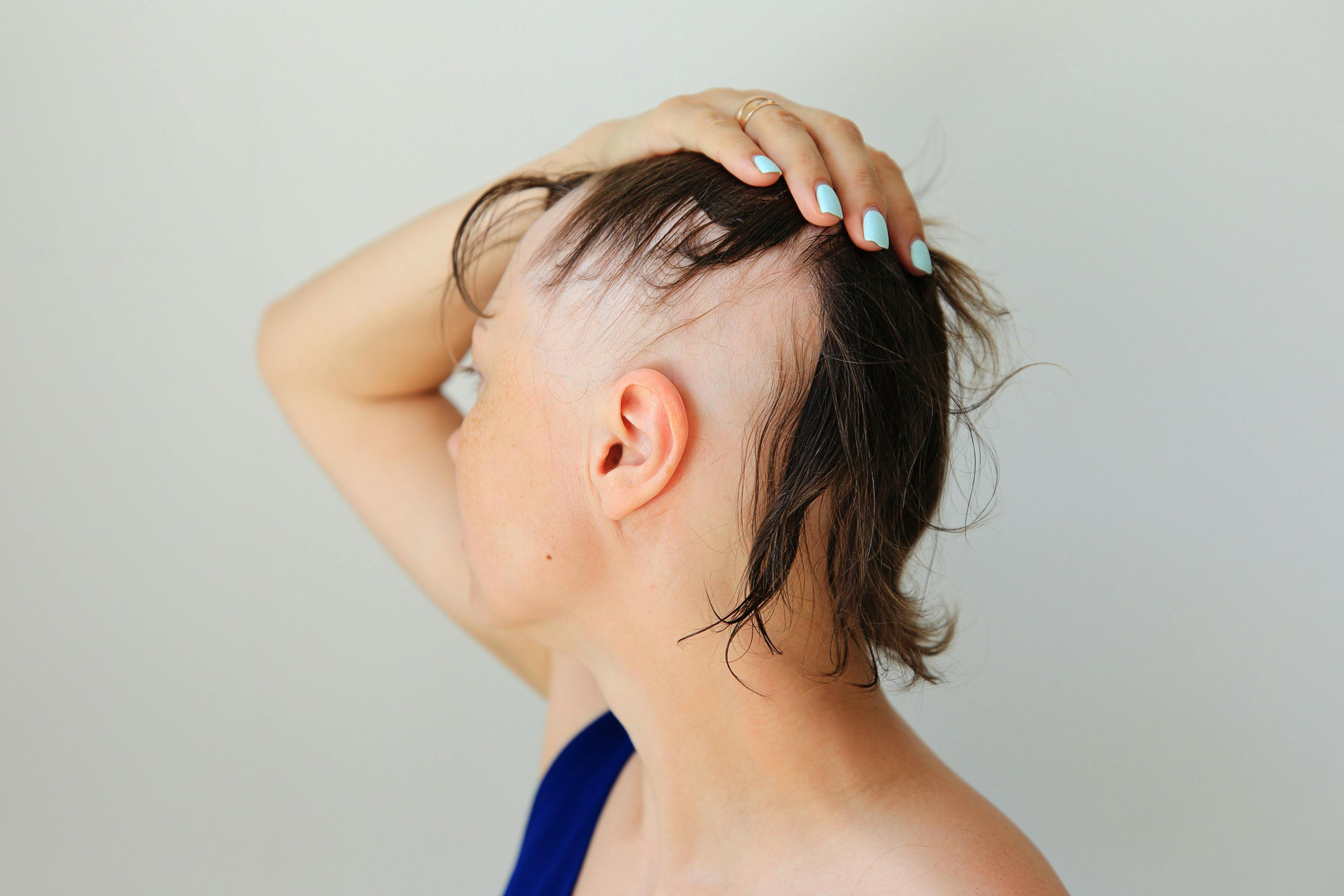
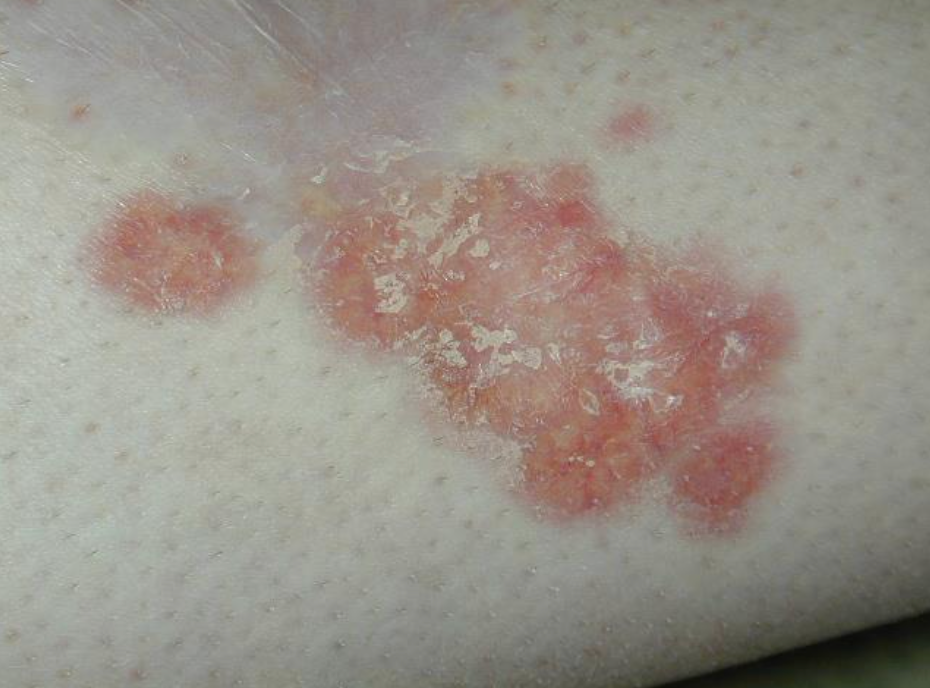
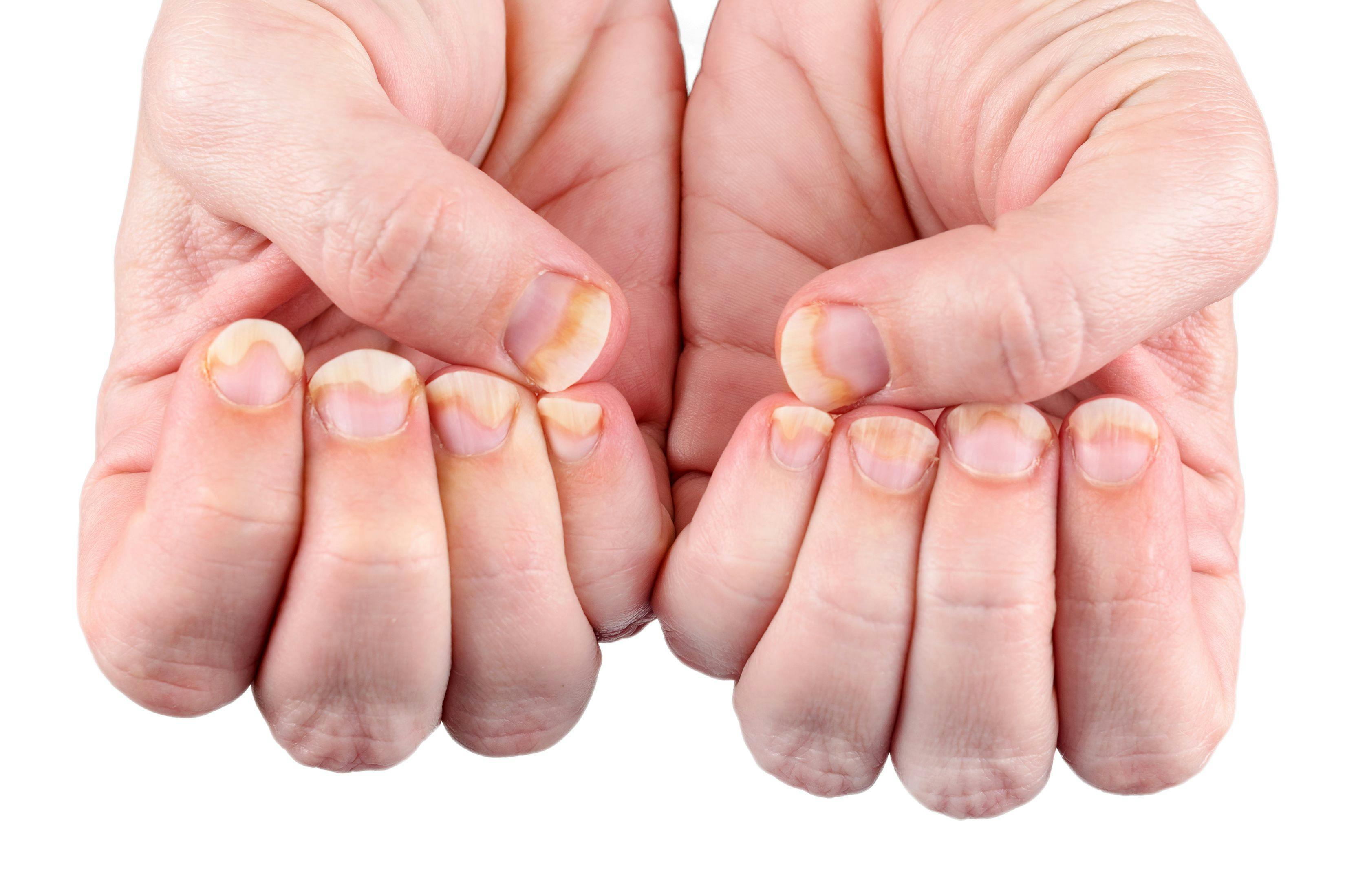

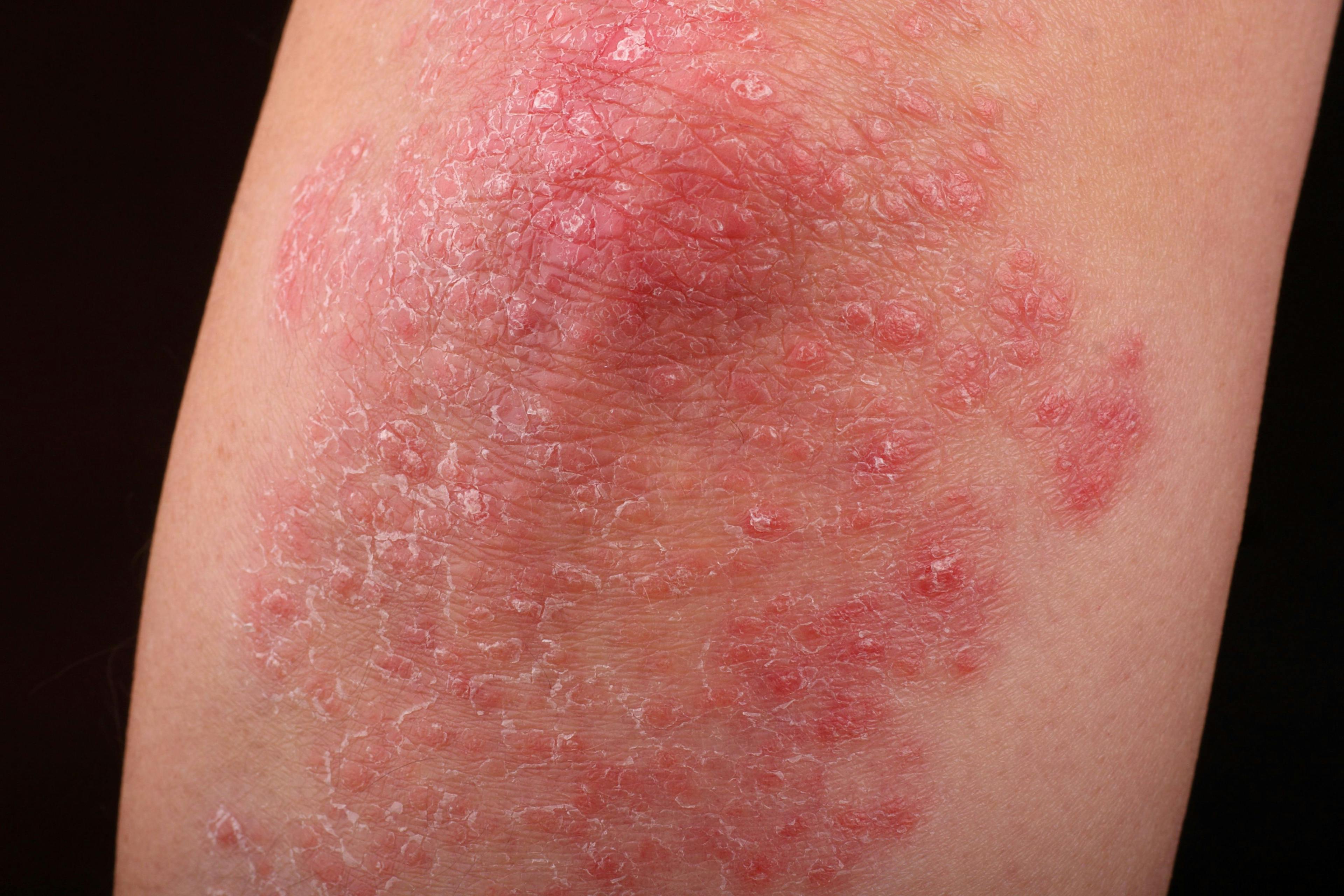
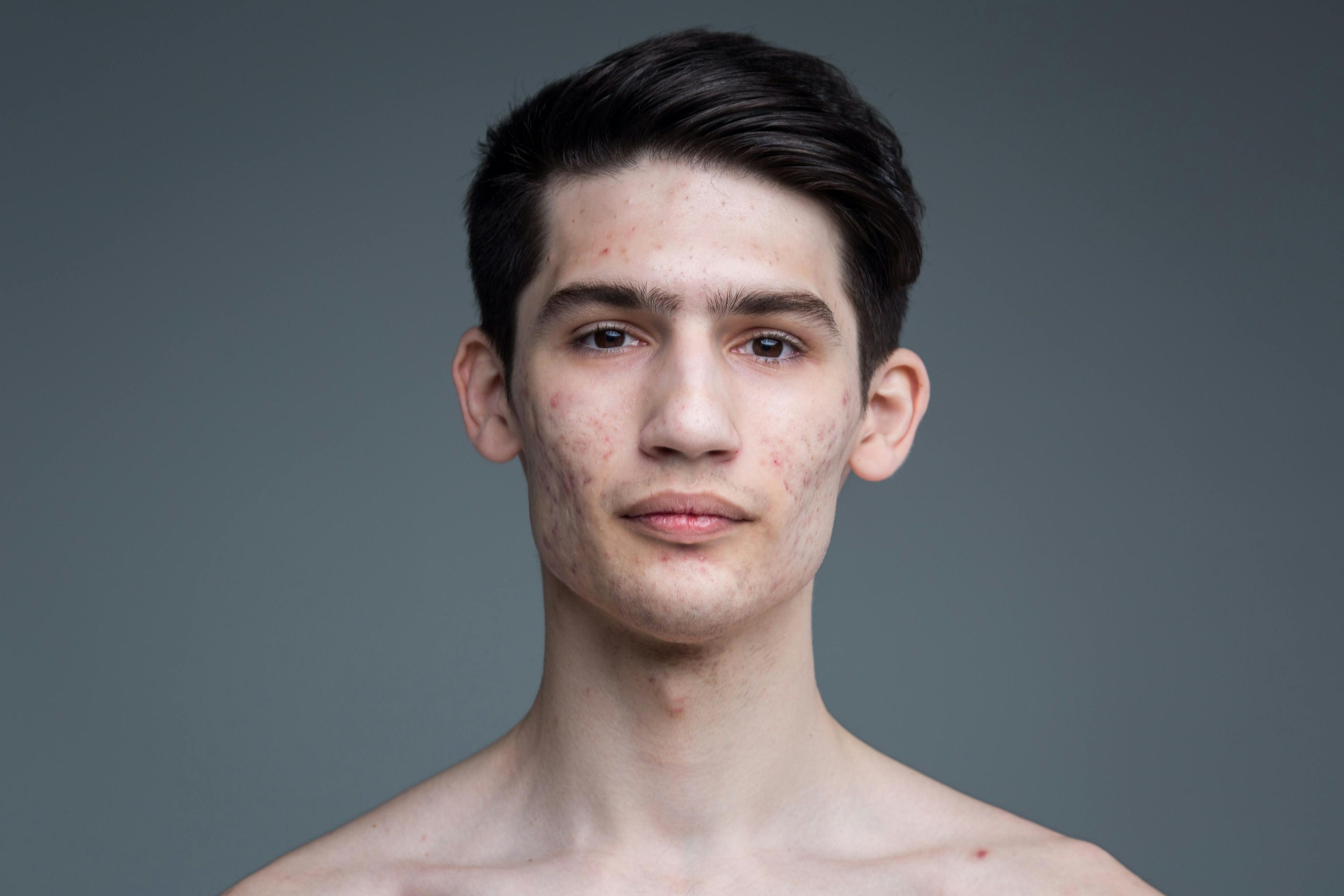
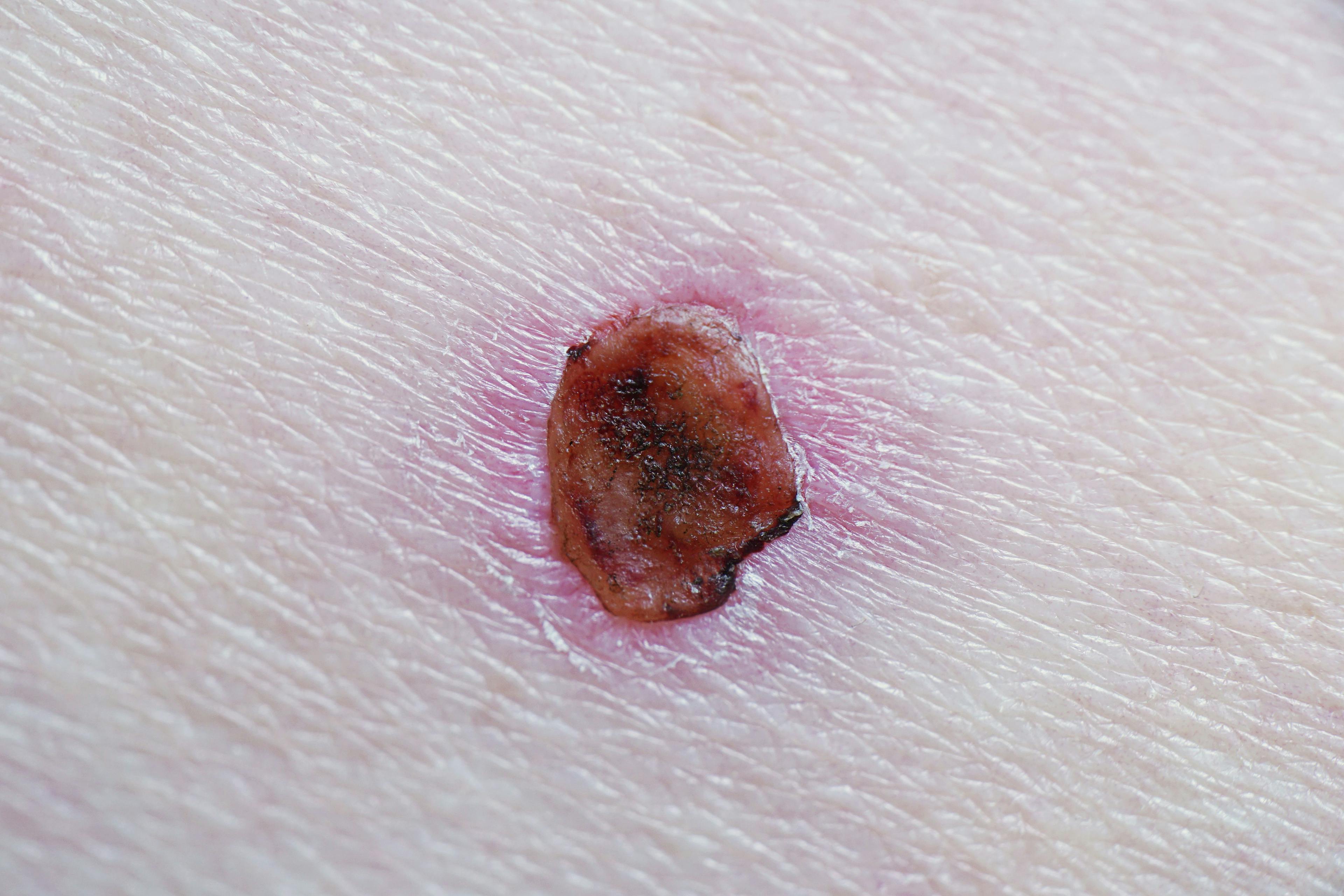
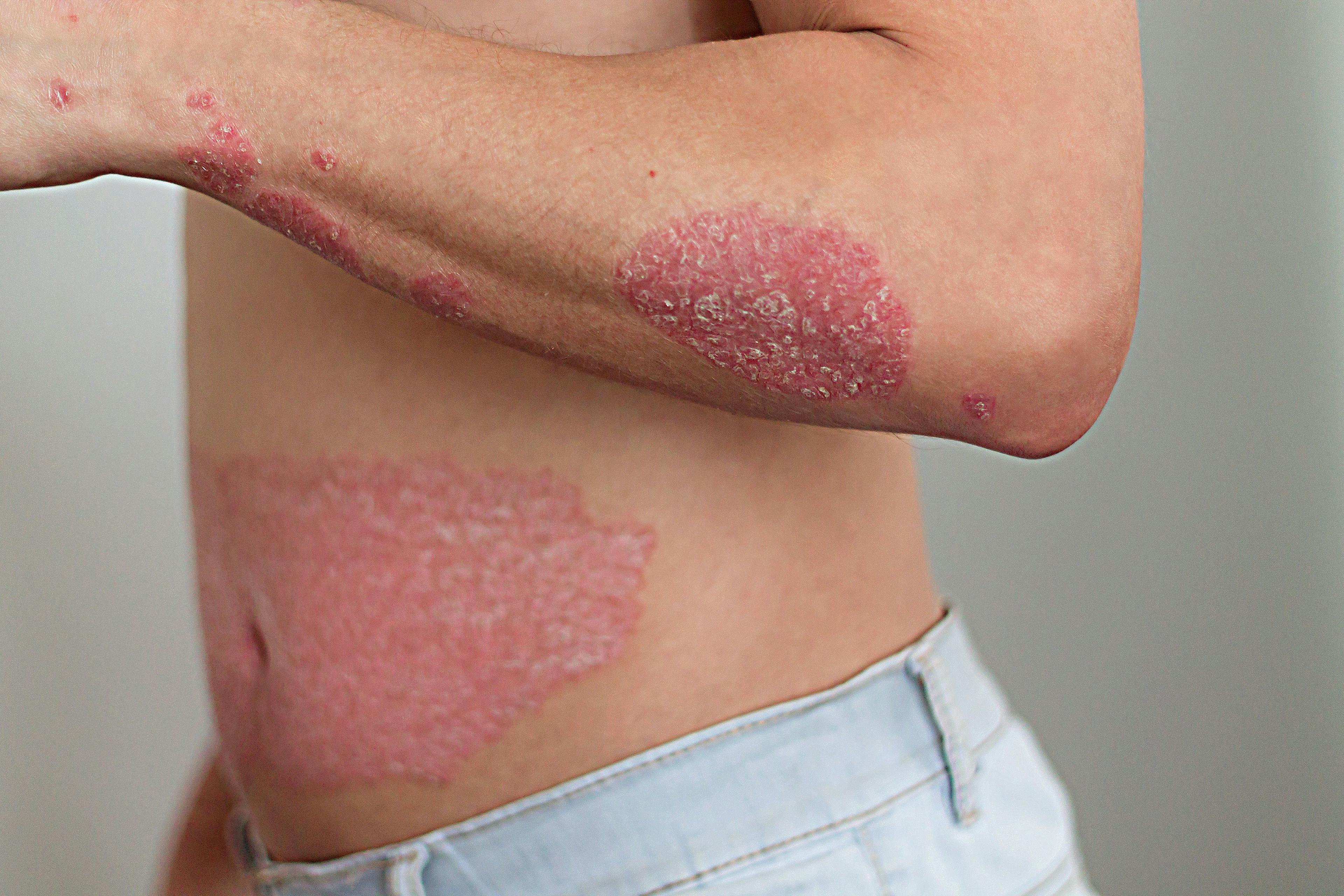
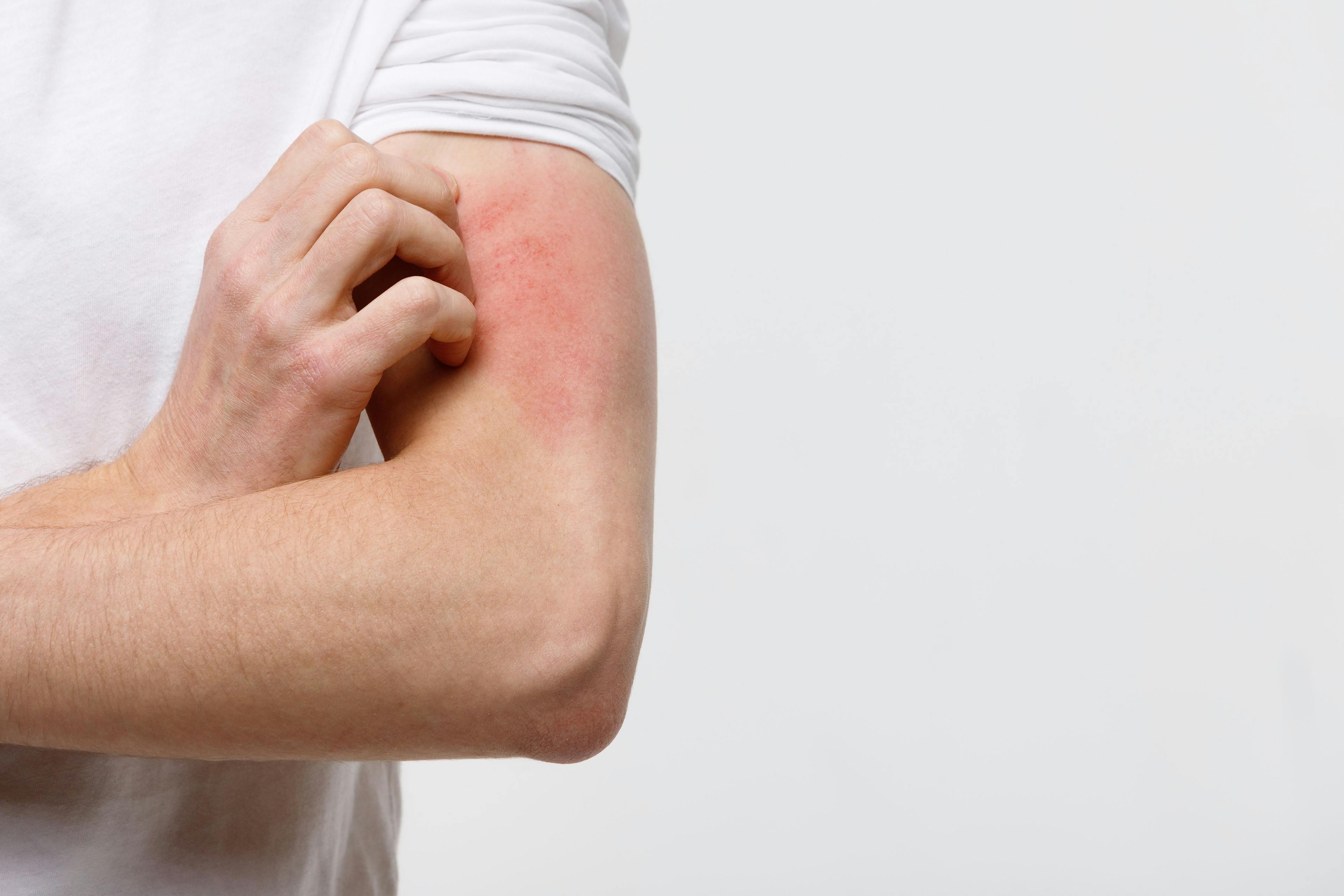

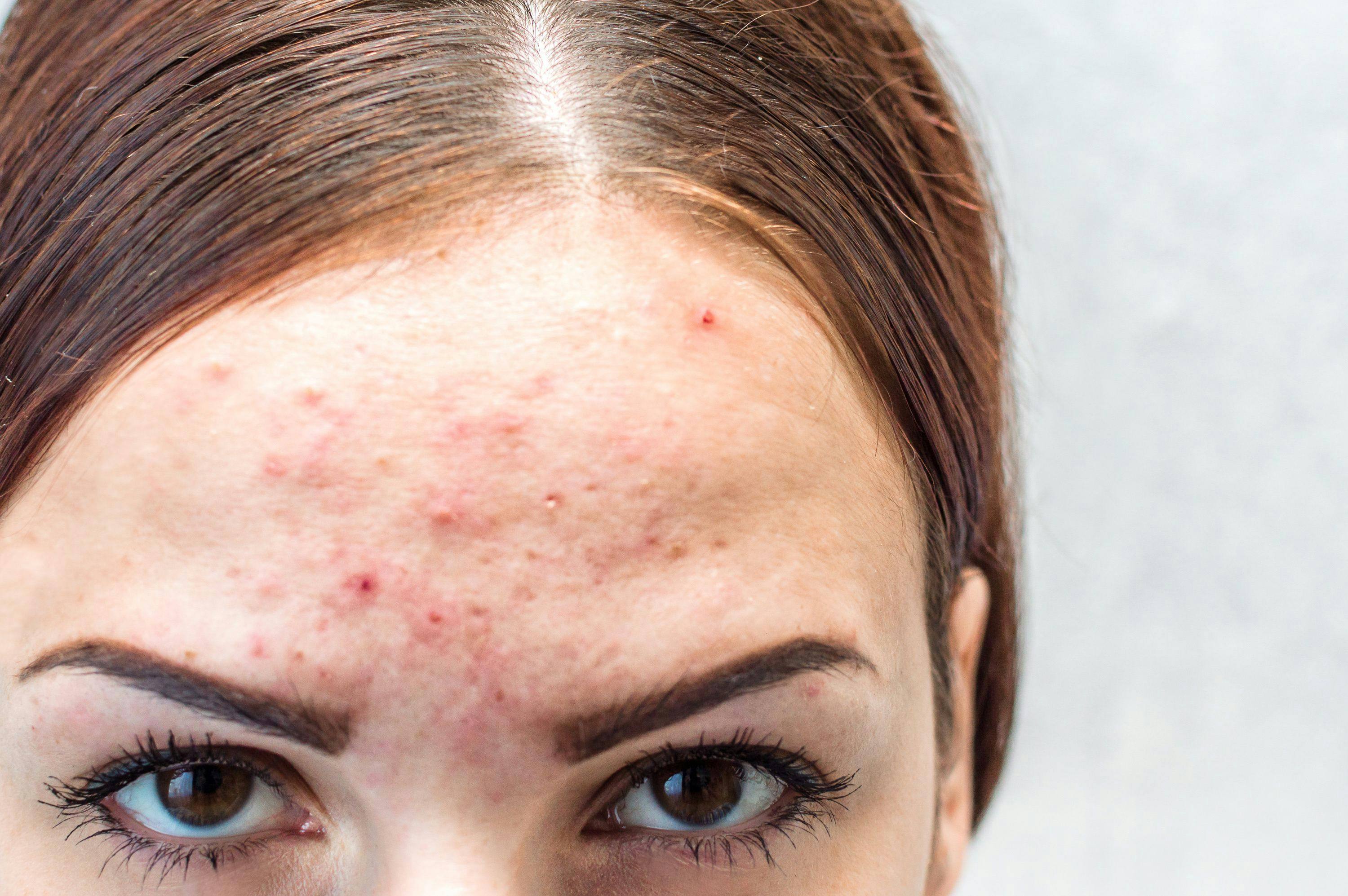




Newsletter
Like what you’re reading? Subscribe to Dermatology Times for weekly updates on therapies, innovations, and real-world practice tips.










Rare Autoimmune Disorder Linked With Increased Risk of Certain Skin Cancers
Electrotrichogenic Niostem Device Promotes Hair Growth in Men with Androgenetic Alopecia
OCT and D-OCT Imaging Reveal Distinct Vascular and Dermal Patterns in Skin Photoaging Phenotypes
Guselkumab Effective in Real-World Korean Psoriasis Study
2 Commerce Drive
Cranbury, NJ 08512
All rights reserved.




